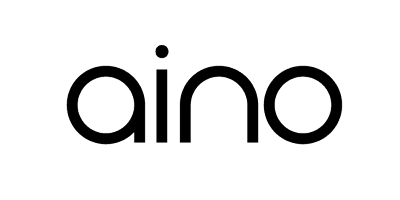THE MOST IMPORTANT FACTOR OF EMPLOYEE PRODUCTIVITY IS WORK ABILITY

According to The Finnish Institute of Occupational Health work ability can be described as a four-storey house. I) Physical, mental, social functioning and health, II) Competence, III) Values, attitudes, and motivation, IV) Management, work community and working conditions. We have added financial health as floor 5, as we see that this as an important part of the individuals, as well as the organization’s well-being.
LEADING THE CHANGE WITH KPI’S IS AN EYE-OPENING EXPERIENCE
Improving Employee productivity with KPI’s is often easier than you think, because most metrics already exist in workplaces. First step is to collect scattered information on overtime, results of employee experience surveys, sickness absence hours and periods employee turnover etc.
The second step is both eye-opening and in a strange way fun: connecting the dots and leading. An example below shows, how key performance indicators for employee productivity are connected.

LOTS OF GOOD KEY PERFORMANCE INDICATORS TO CHOOSE FROM
Our recommendation is to define employee productivity related Key performance indicators based on the Work ability house. On the top floor of the work ability house are financial KPI’s like the obvious ones:
- Absence time salary.
- Insurance costs.
- Disability pension costs.
- Costs of occupational health care and services alike.
Some financial metrics are obvious, but determining their value is tricky
- Managers’ time, for example in regular absences on average 1 hour/absence and in accidents 20 hours / absence period.
- Additional costs due to use of overtime or temporary staff to cover absent employees.
- Extra staff kept in case of high number of unforeseen absences. If there were no unforeseen absences, many companies could do with 1 – 2 % smaller amount of staff and have higher productivity
- Unwanted employee turnover caused by poor employee experience. Each recruitment costs may easily equal two months’ salary.
Unfortunately, some financial consequences are very difficult to measure:
- Presenteeism – continuing to work despite having reduced productivity levels or negative consequences. F.ex. Stanford University research has developed a questionnaire to measure presenteeism.
- Financial situation of the employees, that might be both cause and effect of work ability. Employer can estimate financial effects of redundancies, lay-offs and sick leaves on the individual.
Among the most interesting findings concerning metrics on floors 2 – 4 of the Work ability house are:
- Employee experience on goals and creativity. Improving it from poor to mediocre doesn’t help much but improving experience from mediocre to excellent makes all the difference.
- Employee experience on cohesion and identity. Improving it raises employee productivity regardless of the starting level.
- Employee turnover. If staff leaving is the problem, your goal can be compared to conquering a mountain. You will get to the base camp by fixing the basic conditions for doing the work. At the next level, the employee must experience success personally. Reaching the top requires the success and development of the entire company and, surprisingly, friendships among co-workers as well.
- Overtime is a valid, sometimes overlooked metric. Overtime should not be looked only from salary and occupational safety point of view, but also as an early indicator of need to develop work.
- Supervisors have a major impact on work ability. Therefore, it is good to measure the performance of supervisors in processes that support work ability.
There are both hard and soft indicators on the first floor of Work ability house:
- Employee experience on physical and emotional safety
- Sickness absence hours or percentages
- Portion of employees that have had no sickness absences in the past 12 months
- Portion of employees in high risk of permanent disability, which can be quite accurately estimated from sickness absence registers
DO YOU NEED HELP?
Our experts will be happy to help you find solutions for your challenges. We conduct both one-time Hot spot -studies and help you develop comprehensive management systems with to-the-point KPI’s, dashboards and systematic processes. Just give us a call or send a message.



